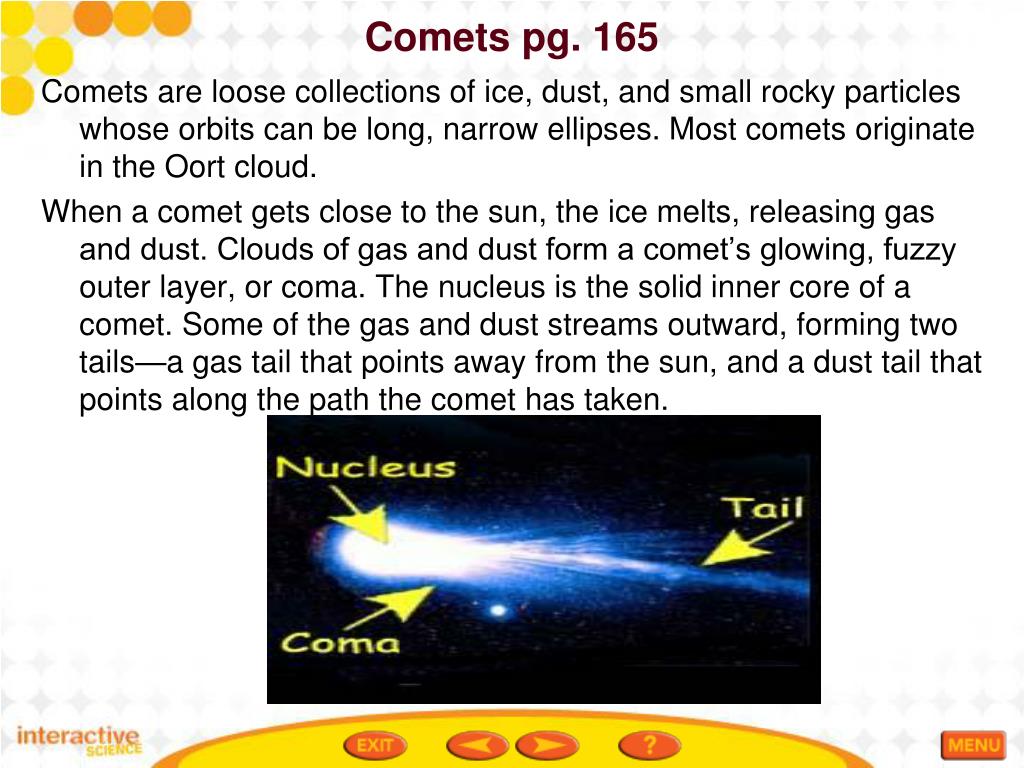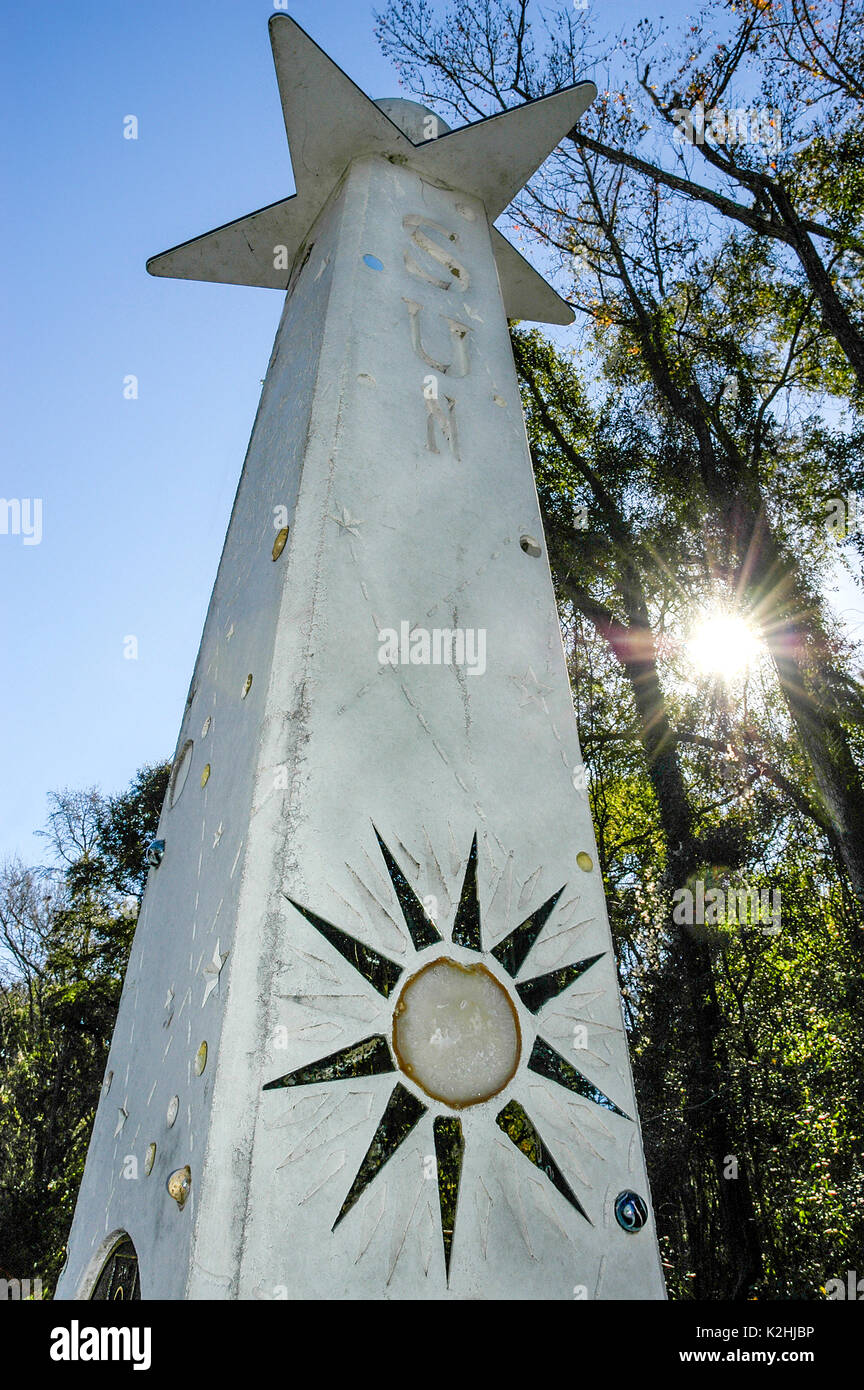

In the US, a precedent-setting model Solar System project the Voyage National Program began with installation of Voyage on the National Mall in Washington, DC, in front of the Smithsonian museums. In regional Australia, in the area surrounding Coonabarabran (Australia's Astronomy Capital) there is a model Solar System that reaches from the Observatory (The Sun) to surrounding towns and localities. Then they conducted an 'illegal space car race' through the Solar System. In July 2005 the Austrian art group monochrom placed the planets true to scale (sun, 4 meters in diameter at Machine Gallery, Alvarado Street, near Echo Park) throughout the Los Angeles cityscape. The largest scale model in the world is the Sweden Solar System. In this model, the Sun is 600m from the Kuiper belt and dwarf planet Pluto. Another scale model is the 1:10 000 000 000 model, in which 100 000 km is represented by 1 cm. A school class building this model might tape the peppercorn to an index card to make it more visible. In it, the Earth is represented by a peppercorn. One 1:6 300 000 000 scale model, designed to be easily replicated, is called The Thousand-Yard Model and spans about a kilometre. These can be thought of as being correctly scaled in time instead of distance. Traditional orreries often did move and some used clockworks to make the relative speeds of objects accurate. If the smaller planets are to be easily visible to the naked eye, large outdoor spaces are generally necessary, as is some means for highlighting objects that might otherwise not be noticed from a distance. As one example of the difficulty, the distance between the Earth and the Sun is almost 12 000 times the diameter of the Earth. The enormous ratio of interplanetary distances to planetary diameters makes constructing a scale model of the Solar System a challenging task. While they often showed relative sizes, these models were usually not built to scale. Solar System models, especially mechanical models, called orreries, that illustrate the relative positions and motions of the planets and moons in the Solar System have been built for centuries. John F.Jupiter at South Station, part of Museum of Science, Boston scale model. While a complete model to this scale has never been built, a Solar System built centered in Washington DC, London, or Sydney, to that scale (approximately 1:31 000 000) would look like this: Bodyġ4 story tall sphere, Spaceship Earth (Epcot) The Sun would be a beach ball 14 stories tall (somewhat smaller than the Spaceship Earth ride at Epcot) floating 5 kilometres (3.1 mi) away. If the Earth were reduced to this size, the Moon would be a 10 cm (4 in) baseball floating 12 metres (40 feet) away. Most classroom globes are 41 cm (16 inches) in diameter. Several sets of geocaching caches have been laid out as solar system models. PDFs, A4 and 8½″×11″, to be printed, affixed to cards which are affixed to sticks then to be held by children standing in a school yard. The Solar System, to scale, for a school yard

Uses two different scales for distance and sizeĪ Walking Demonstration of (un)imaginable distances. Partially dual scale (No scale model of the sun.)

Other Models of the Solar System: temporary, virtual, or dual-scale Name Power & Light District to Union Station, Kansas City, Missouri (2008) 2009)Įhrenfriedersdorf, Drebach and Heidelbachtal Permanent fully accessible by foot & bike paths (est. University of Maine at Presque Isle, Maine Scale models of the Solar System: Permanent installations Name Several towns and institutions have built outdoor scale models of the Solar System. As one example of the difficulty, the distance between the Earth and the Sun is almost 12,000 times the diameter of the Earth. Jupiter at South Station, part of Museum of Science, Boston scale model


 0 kommentar(er)
0 kommentar(er)
